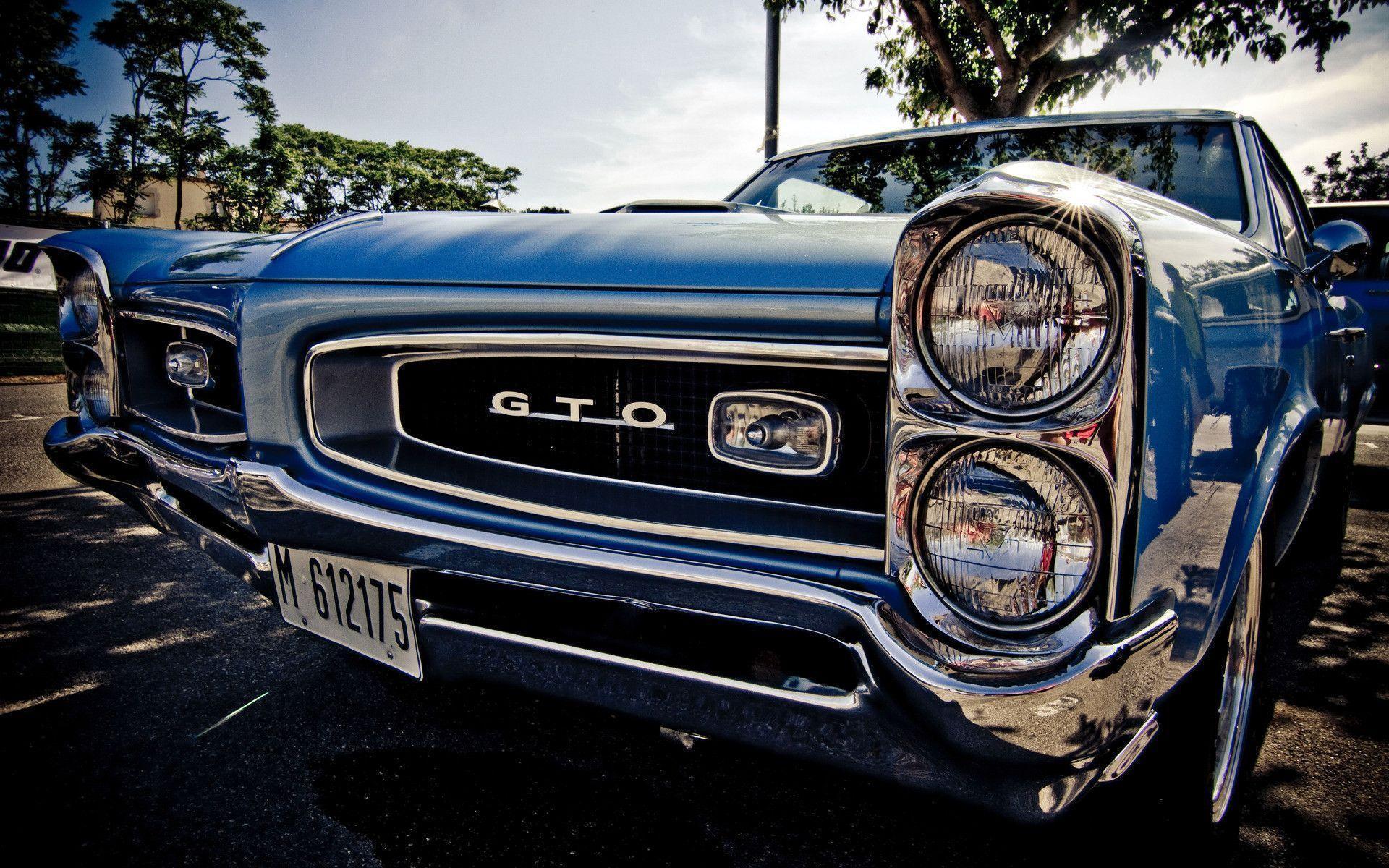Pontiac GTO Considered The First American Muscle Car
If you conduct a survey about what the very first muscle car was, the answers are bound to be different, depending upon who you ask. Let us be honest – it won’t be possible to get a 100% consensus, but some names will definitely come up more often. However, when it comes to the first American muscle car, people are going to be in agreement that it is the Pontiac GTO
How history was made
It all started decades back in 1964, when John Z. Delorean, along with this team at the General Motors' Pontiac Motor Division, developed a vehicle that started a revolution in the automotive industry and launched a new market the same time. Yes, it was the Pontiac GTO that quickly achieved legendary status. Being credited as America’s first muscle car, it used an idea previously implemented by rodders and racers, which is a lighter car with a bigger engine.
Why is it the first “American muscle car”?
The reason why GTO is referred that way is because the company put a 389 cubic inch engine that came from the full size Pontiac Bonneville, into a mid-sized Tempest LeMans. This innovation was termed as “GTO”, which was essentially a derivative of Tempest LeMans. Auto magazines were quick to dub the car as the “hottest muscle” on American roads, thus paving the way for the phrase “muscle car”. The 389 (four barrel carburetor) delivered 325 horsepower, but you could upgrade by including 3 two barrel carburetors that increased horsepower to almost 350. This is the type of power output that is generally associated with a muscle car, and for that very reason, it makes more sense to label the Pontiac GTO as the very first American muscle car.

Pontiac GTOs from 1965 to 1969
1965
While the general body structure was the same, the GTO improved its styling with stacked headlamps, a new hood scoop and rear fascia. Both standard and tri-power equipped 389’s got a boost in horsepower.
1966
This was a crucial year for the GTO – the styling was brand new and the car established its own identity, while effectively separating from the Tempest line. The sales numbers in 1966 for the GTO was also the highest when compared to other years.
1967
The differences in the exterior of the ’66 and ’67 GTO are minor, but there were important changes made underneath. The 389 V8 went up in displacement to 400 cubic inches and the tri-power option was discontinued. However, three different single carb versions were available, with the hottest generating 360 horsepower. The old two-speed automatic transmission was also replaced with a three-speed TH400.
1968
During this year, the complete GM A-body platform underwent a full revamp, and the GTO also came under the scanner. The car shape was sleeker, with a body-colored Endura front bumper. No wonder the '68 GTO was awarded Motor Trend Car of the Year, while the year recorded the second highest year ever for GTO sales.
1969
In 1969, Pontiac added “The Judge” to their lineup, which was a special edition of the GTO. It had extraordinary striping, a rear spoiler and other sophisticated features that ensured it could hold its own when it comes to the standard issue car. The top-of-the-line Ram Air IV 400 was the engine used in the car, which delivered 370 horsepower. But then again, this data is touted to be significantly underrated compared to its actual output.
The 1960s are touted to be the defining era of muscle cars, even though Pontiac GTOs in later versions feature more technological advancements, which is why vintage Pontiacs are still in excellent demand.
